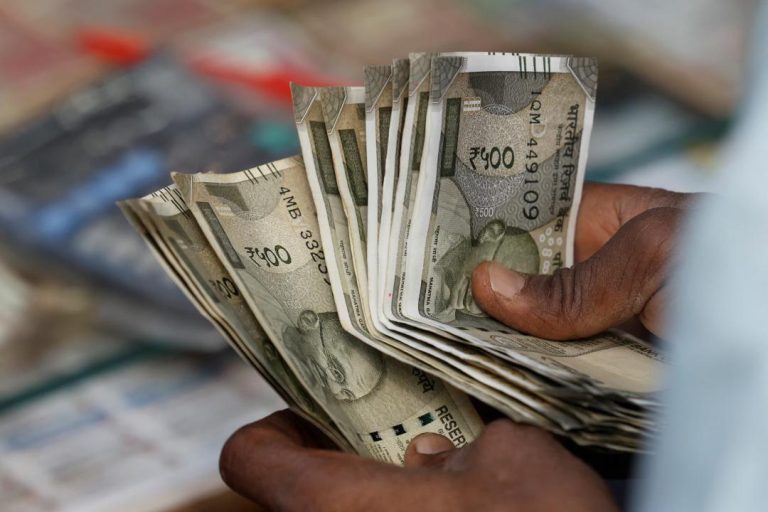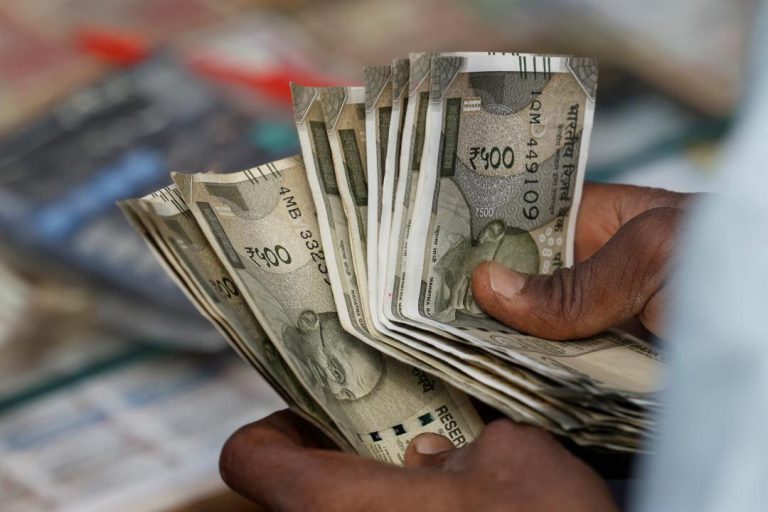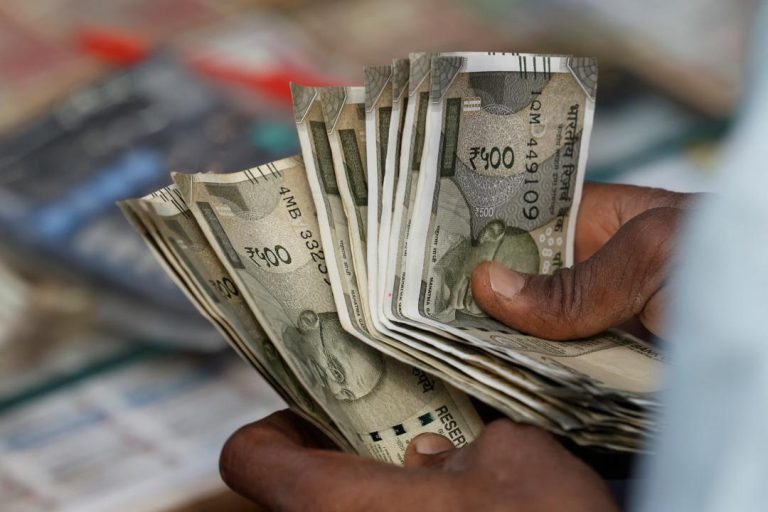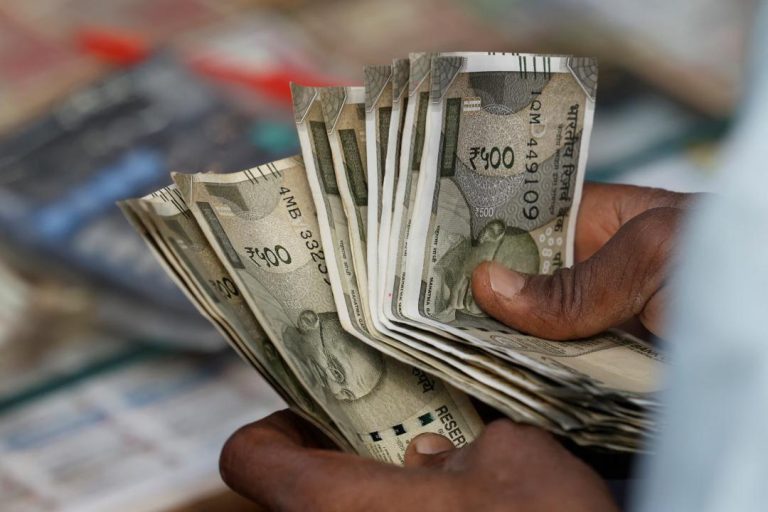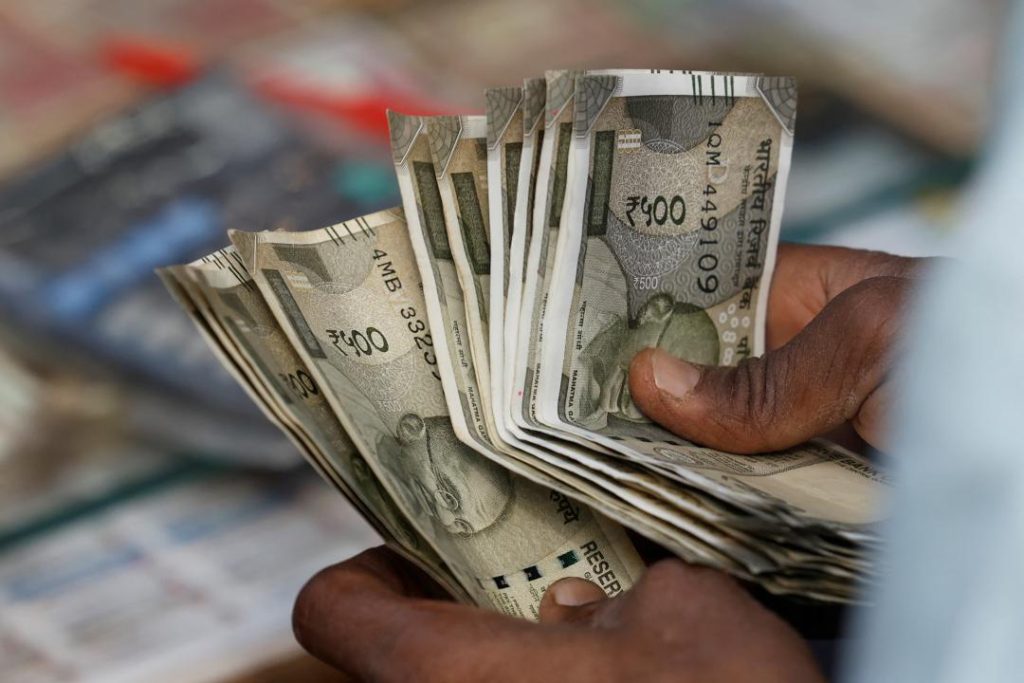
What Got Cheaper & Costlier in March as CPI Falls to 67-Month-Low of 3.34%?
The Consumer Price Index (CPI) has been a key indicator of inflation in India, and in March, it reached a 67-month low of 3.34%. This marked a significant decline from the previous month’s figure of 3.81%. The drop in CPI is attributed to a decrease in prices of essential commodities such as eggs, vegetables, and pulses, which are staples in many Indian households.
According to the latest data released by the Ministry of Statistics and Programme Implementation, the price decline was largely driven by a 12.61% reduction in the prices of eggs, a 10.28% decrease in the prices of vegetables, and a 9.45% fall in the prices of pulses. These price drops have provided some much-needed relief to consumers, who have been grappling with rising inflation rates in recent years.
However, not all commodities saw a decline in prices. Spices, meat, fish, and housing saw marginal price drops, while fruit prices saw a significant jump. The prices of cereals, milk, oil, sugar, confectionery, clothing, snacks, sweets, pan, tobacco, footwear, fuel, and health and education saw marginal rises.
The decline in CPI is a positive sign for the Indian economy, which has been grappling with slowing economic growth. The Reserve Bank of India (RBI) has been closely monitoring inflation rates to decide on interest rates, and the drop in CPI could lead to a rate cut in the future.
The price drops in essential commodities can be attributed to several factors. One of the main reasons is the increase in production and availability of these commodities. For instance, the production of pulses has increased significantly in recent years, leading to a surplus in the market and a subsequent decline in prices.
Another factor contributing to the price decline is the decrease in prices of raw materials. Many food items, such as vegetables and fruits, are influenced by weather conditions, and a good monsoon has led to an increase in production and a subsequent decline in prices.
The government’s efforts to improve agricultural production and increase the availability of essential commodities have also played a role in the price decline. Initiatives such as the Pradhan Mantri Kisan Sampada Yojana, which aims to improve the post-harvest management of perishable crops, have helped to reduce food wastage and increase the availability of essential commodities.
The decline in CPI has also been attributed to the government’s decision to allow imports of pulses, such as tur and moong, which has increased their availability in the market and led to a decline in prices.
The drop in CPI has a positive impact on the economy, as it means that consumers have more purchasing power and can afford to spend more on other goods and services. This can lead to an increase in demand, which can stimulate economic growth.
The decline in CPI also provides a breathing spell for the government, which has been struggling to manage the economy. The government has been implementing various measures to stimulate economic growth, such as increasing public spending and reducing taxes, and the decline in CPI provides a welcome respite.
In conclusion, the decline in CPI to a 67-month low of 3.34% is a positive sign for the Indian economy. The price drops in essential commodities such as eggs, vegetables, and pulses have provided some much-needed relief to consumers, while the government’s efforts to improve agricultural production and increase the availability of essential commodities have played a key role in the price decline. As the economy continues to navigate the challenges of slowing growth and rising inflation, the decline in CPI provides a welcome respite and a chance for the government to implement policies that stimulate economic growth.
